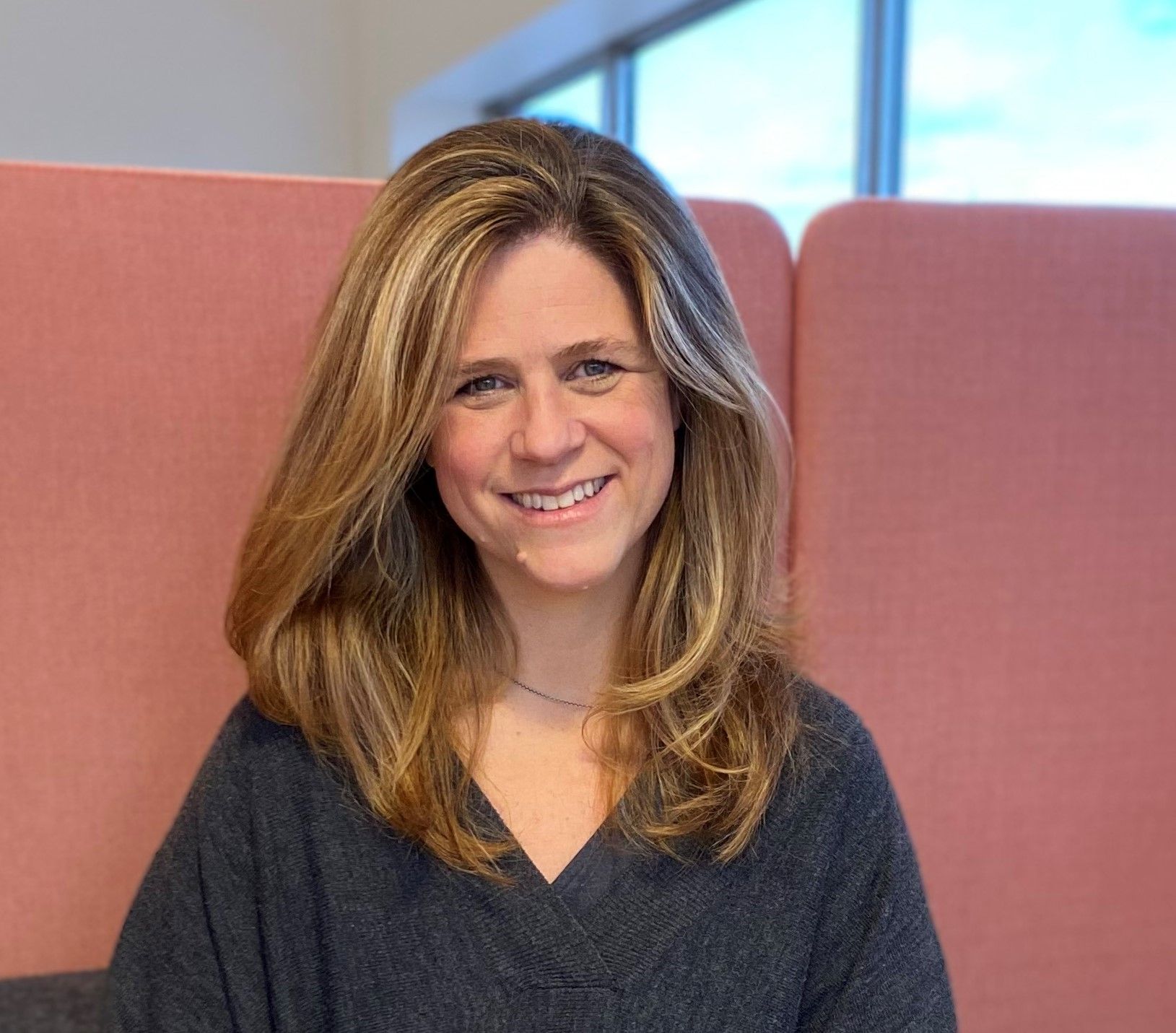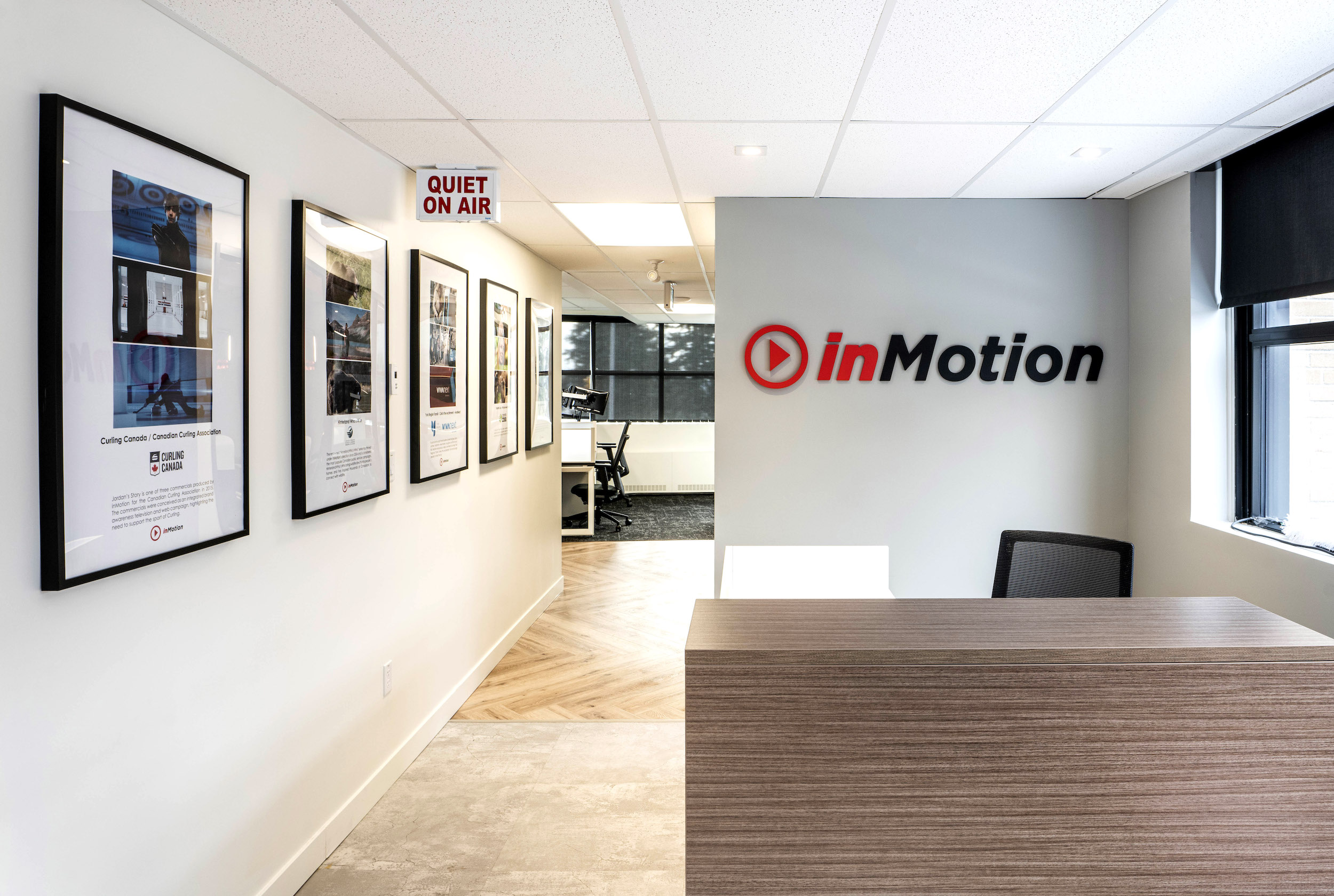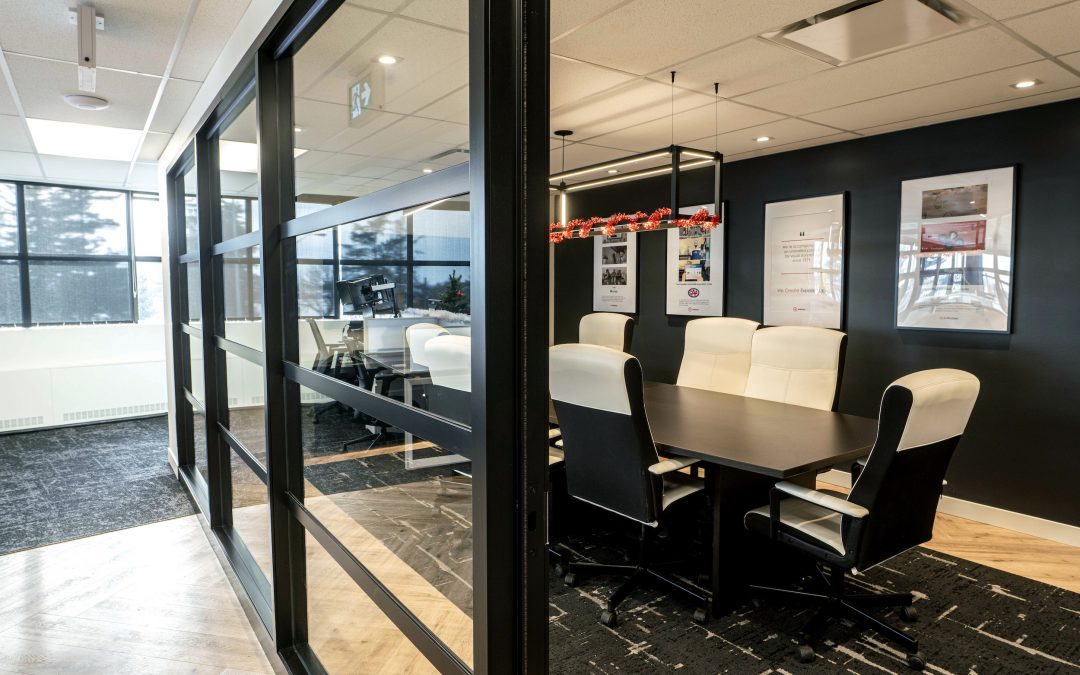For this volume’s entry in our Construction and Layout series, Real Strategy sat down with Liz Miller (Principal and Co-Owner) of Parallel 45 Design Group Ltd. Parallel 45 is a leading Ottawa-based commercial interior design firm that specializes in creating functional and sophisticated workplaces, from offices to medical, dental, and optometric spaces.

Parallel 45 have carved a name for themselves by providing quality interior design services to clients of varying sizes. Their success comes from listening to what their clients need and executing on that vision in a way that makes their space functional and aesthetically pleasing. The ultimate goal is creating work environments that look really good, are inviting, and that people enjoy coming into!

We’ve all heard the buzzword by now, hybrid. We asked Liz when this approach first started from an interior design standpoint and she acknowledged there was actually a lot of talk about hybrid and multi-use workspaces long before COVID-19. What’s changed is that the pandemic has really accelerated the notion of multifunctional spaces and people being able to largely work remotely.
“An enclosed space might be somebody’s office but it’s also a potential meeting room.” — Liz Miller (Principal, Co-Owner of Parallel 45 Design Group Ltd.)
Previously, employees might have been out of the office primarily due to travel, but now it’s likely that our staff are working remotely due to COVID-19. The point is, employees aren’t always in-office. Current office space design trends acknowledge this new state of work and try to make each area serve more than one purpose or person. Employees’ calendars can be made accessible to other staff, and what was once a vacant desk could become a meeting space very easily (especially if the furniture in the room was designed to be modular with wheels).
“I think people are embracing [multi-use spaces] a little bit more today and COVID is certainly causing people to reevaluate how they see and use their office space. Multi-functionality is key because nobody knows what business will look like two weeks or a year from now and it could be completely different.” — Liz Miller (Principal, Co-Owner of Parallel 45 Design Group Ltd.)
In complete opposition to the cubicle farms of old, a multi-functional and hybrid design stresses flexibility and the inevitability of operational and cultural change. Instead of shifting from one rigid design paradigm to the next, the new trend in workplace interiors emphasizes more open and amorphous space with no permanent borders or boundaries. Office employees still need enclosed spaces for focused work, calls, and meetings but (given the circumstances we’ve all been living through) they also need spaces that foster socialization and collaboration.
 Photo by Chris Roussakis courtesy of inMotion
Photo by Chris Roussakis courtesy of inMotion
“You want to keep your staff happy. If someone wants to work from home because they have a dentist appointment, go for it! It’s also super important for people’s mental health and quality of life to still be able to see other people in the flesh… even with masks on.” — Liz Miller (Principal, Co-Owner of Parallel 45 Design Group Ltd.)
Liz noted how everybody needs personal interaction and also highlighted how the local economy actually thrives on it as well. When you go into the office, you likely buy a coffee at a café nearby, eat at a restaurant in the area, or hit a pub after work with friends and colleagues. These experiences are part of what we look forward to when we go into an office. There’s obviously value in being able to work from home, especially for convenience, but it’s this flexibility of choice that creates the ideal setup needed for a better quality of life-based on our own personal preferences.
Another major reason the hybrid approach requires an in-person component is for mentorship. Think about your most experienced employees and the younger generations who would most benefit from that knowledge transfer. It’s much harder to foster connection and impart knowledge over Zoom; it doesn’t happen as organically or spontaneously, and you may even miss a teachable moment if you aren’t in the vicinity to see the look of confusion or consternation on someone’s face.
“The other day I saw an employee struggling with something and staring at their computer. So I asked, what’s going on, what are you looking at? She said she couldn’t figure out this one important detail and so we looked at it together, had a quick chat, and figured it out. If she was at home, I wouldn’t have seen her puzzled at her computer and wouldn’t have known I could help out.” — Liz Miller (Principal, Co-Owner of Parallel 45 Design Group Ltd.)
Join us next time as we look at hoteling and hot-desking models as well how furniture is the future of office design.
Real Strategy works alongside interior designers and client management teams to help consult on workplace strategy and culture. Contact us today so we can discuss your organization’s hybrid work approach and what your physical office space should look like!

